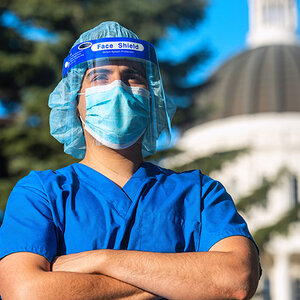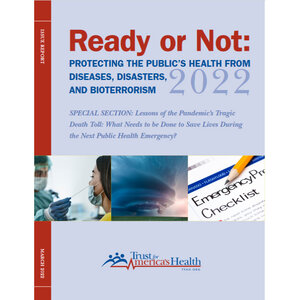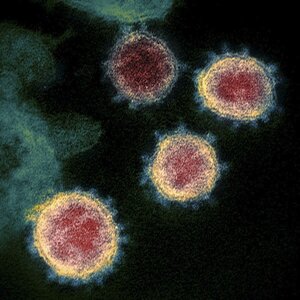Public heath infrastructure needs sustained investment, study finds

Sustained investment in public health infrastructure and preparedness is needed to protect lives during disease outbreaks and natural disasters, a report from Trust for America’s Health (TFAH) finds.
The annual report, Ready or Not 2023: Protecting the Public’s Health from Diseases, Disasters, and Bioterrorism (75 pages, PDF), measured states’ performance on 10 key emergency preparedness indicators and found that 19 states and the District of Columbia qualified for the “high performance” tier, while 16 were in the “middle performance” tier, and 15 were in the “low performance” tier. According to the report, areas that need attention include higher flu vaccination rates, which remain well below the 70 percent goal despite significant improvement in recent years; a comprehensive public health system, which currently only serves half the U.S. population; and improved patient safety, as only 26 percent of hospitals earned a top-quality patient safety grade.
Policy recommendations for strengthening the nation’s health security include investing $4.5 billion annually to bolster foundational public health capabilities; continuing to increase funding for the Public Health Emergency Preparedness cooperative agreement and public health data modernization; providing job-protected paid leave for employees due to illness or family caregiving demands; and strengthening readiness for climate change, extreme weather, and environmental health threats.
“Increased and sustained investment in public health infrastructure, emergency preparedness, and health equity will save lives,” said TFAH president and CEO J. Nadine Gracia. “Federal, state, and local officials as well as leaders in the healthcare and business sectors should use our findings to identify and address gaps in public health preparedness. Neglecting to do so will mean that the country will not be as prepared as it needs to be for the next public health emergency.”
(Photo credit: Getty Images/Juan Monino)






